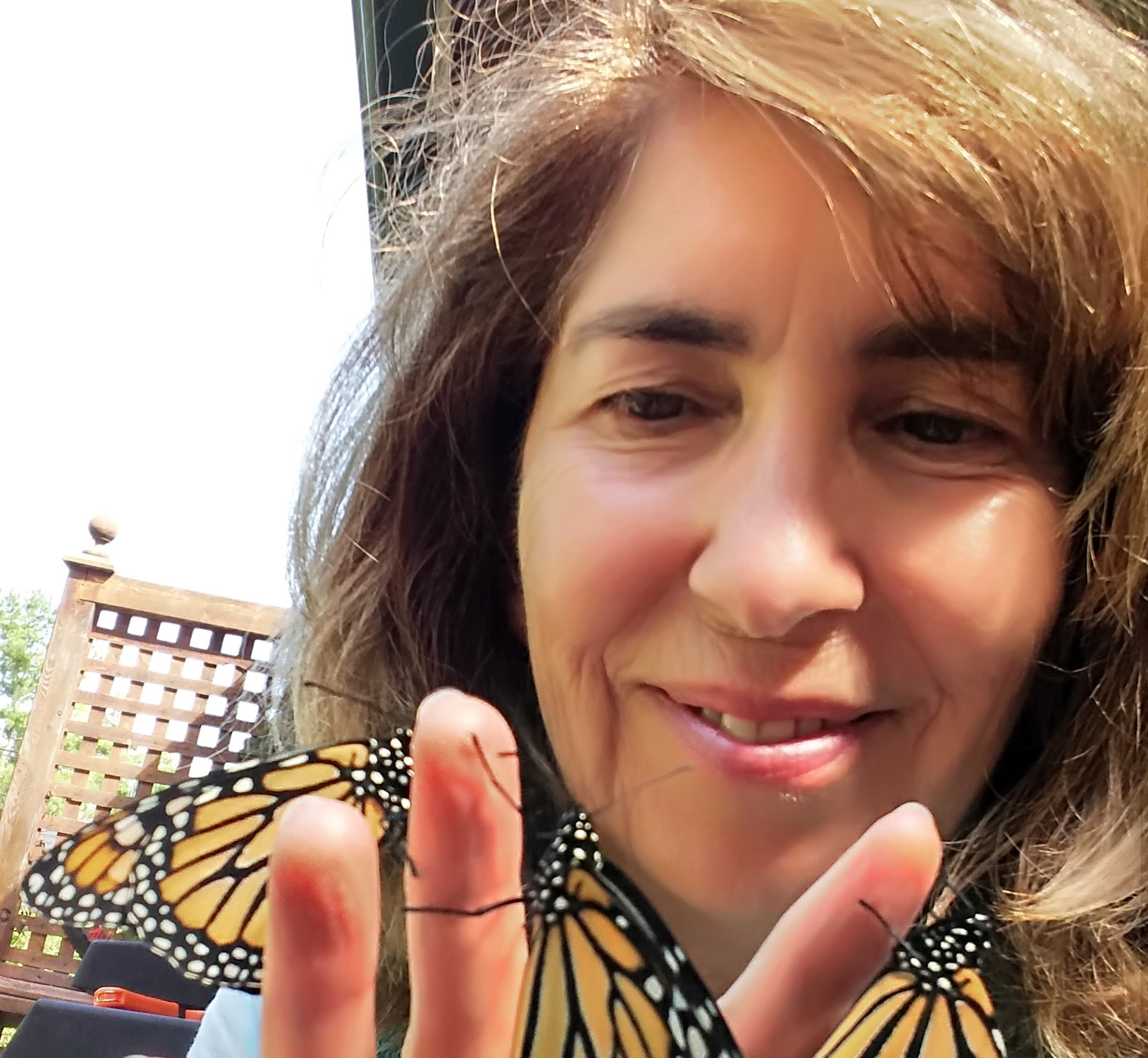Researching a complex disease like diabetes requires a collaborative effort, and U of T has just embarked on one of the biggest collaborations between industry and public health in Canada’s history. Novo Nordisk, a global health-care and pharmaceutical company based in Denmark, and U of T are each investing $20 million to create the Novo Nordisk Network for Healthy Populations, with a goal of improving the lives of people with diabetes and those at risk of developing diabetes and other chronic illnesses. “This is an outstanding opportunity to really do some truly impactful research on making populations healthier,” says endocrinologist Lorraine Lipscombe, the network’s director, an associate professor in the department of medicine and a senior scientist at Women’s College Research Institute.
The network unites three U of T partners – the Temerty Faculty of Medicine, the Dalla Lana School of Public Health and U of T Mississauga – to carry out research, education and outreach tackling various aspects of diabetes management, risk and prevention, both in the health-care system and in high-risk communities.
Among the issues they’ll tackle: making diabetes health-care services more co-ordinated and accessible to patients; examining built environments to see how adding walking trails and cycling lanes and other opportunities for physical activity could decrease disease risk; investigating whether digital tools can help people manage their diabetes; and improving outcomes for people going through health-care transitions, such as young people with Type 1 diabetes who fall through the cracks when they start managing their own care at age 18.
Based at UTM, the network will test various programs in Mississauga. The city is an ideal location for several reasons. The rate of diabetes in Peel Region (where Mississauga is located) is 26 per cent higher than the provincial average. It has large South Asian, Latin American, Indigenous and Black communities. These groups have a higher genetic risk of diabetes and many face poorer health outcomes due to socioeconomic factors such as income, education and discrimination. What’s more, the city has many car-dependent neighbourhoods that limit walkability. “One of the big priorities is to ensure that we focus on equity, making sure our solutions are accessible to vulnerable populations,” Lipscombe says.
Do you have a personal story about how insulin has helped you or someone you love? Share it with us in the comment box at the end of the story, or send an email to uoft.magazine@utoronto.ca
Recent Posts
U of T’s Feminist Sports Club Is Here to Bend the Rules
The group invites non-athletes to try their hand at games like dodgeball and basketball in a fun – and distinctly supportive – atmosphere
From Mental Health Studies to Michelin Guide
U of T Scarborough alum Ambica Jain’s unexpected path to restaurant success
A Blueprint for Global Prosperity
Researchers across U of T are banding together to help the United Nations meet its 17 sustainable development goals







2 Responses to “ U of T Mississauga Opens a New Centre for Diabetes Research ”
Banting, Best, Collip & Macleod decided insulin belonged to the world and sold the patent to U of T for $1. What happened? Why are people all over the world denied insulin because they cannot afford it?
Anita McGahan, a professor of strategic management of the Rotman School of Management and a professor at the Munk School of Global Affairs and Public Policy, responds:
@Clive: Thank you for your question. Insulin today is often synthesized rather than drawn from animals. But, either way, there are costs related to its extraction, purification, packaging, distribution, marketing and administration.
There are also bottlenecks to distributing insulin in under-resourced areas where there are shortages of both physicians and diagnostic tests. Diabetes and other diseases for which insulin is a treatment are chronic, which makes follow-up care essential and, in turn, exacerbates those shortages.
One of the greatest challenges in health care today is overcoming the system-level barriers to the administration of essential medicines, including those for which patents have expired or were committed to the public domain.